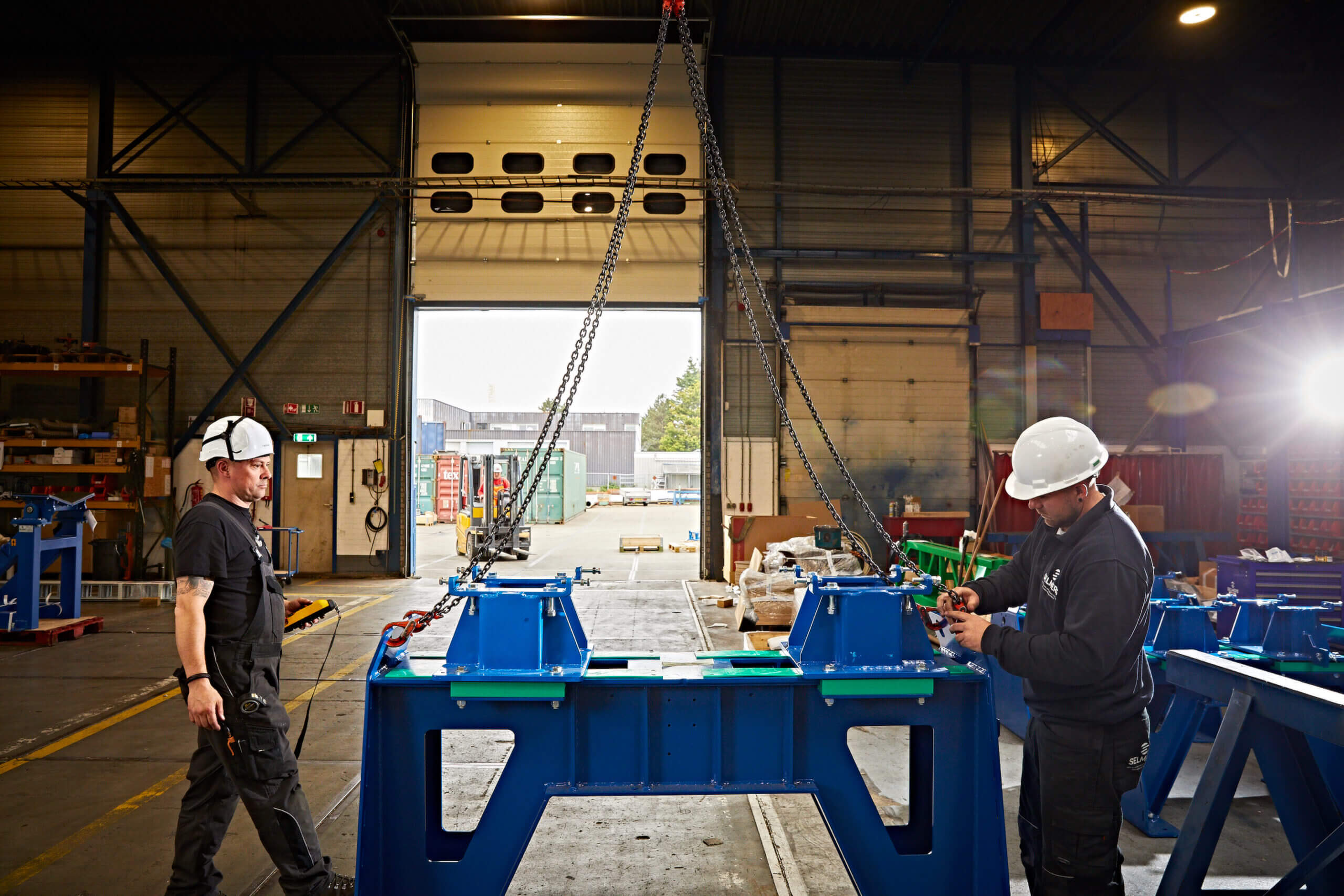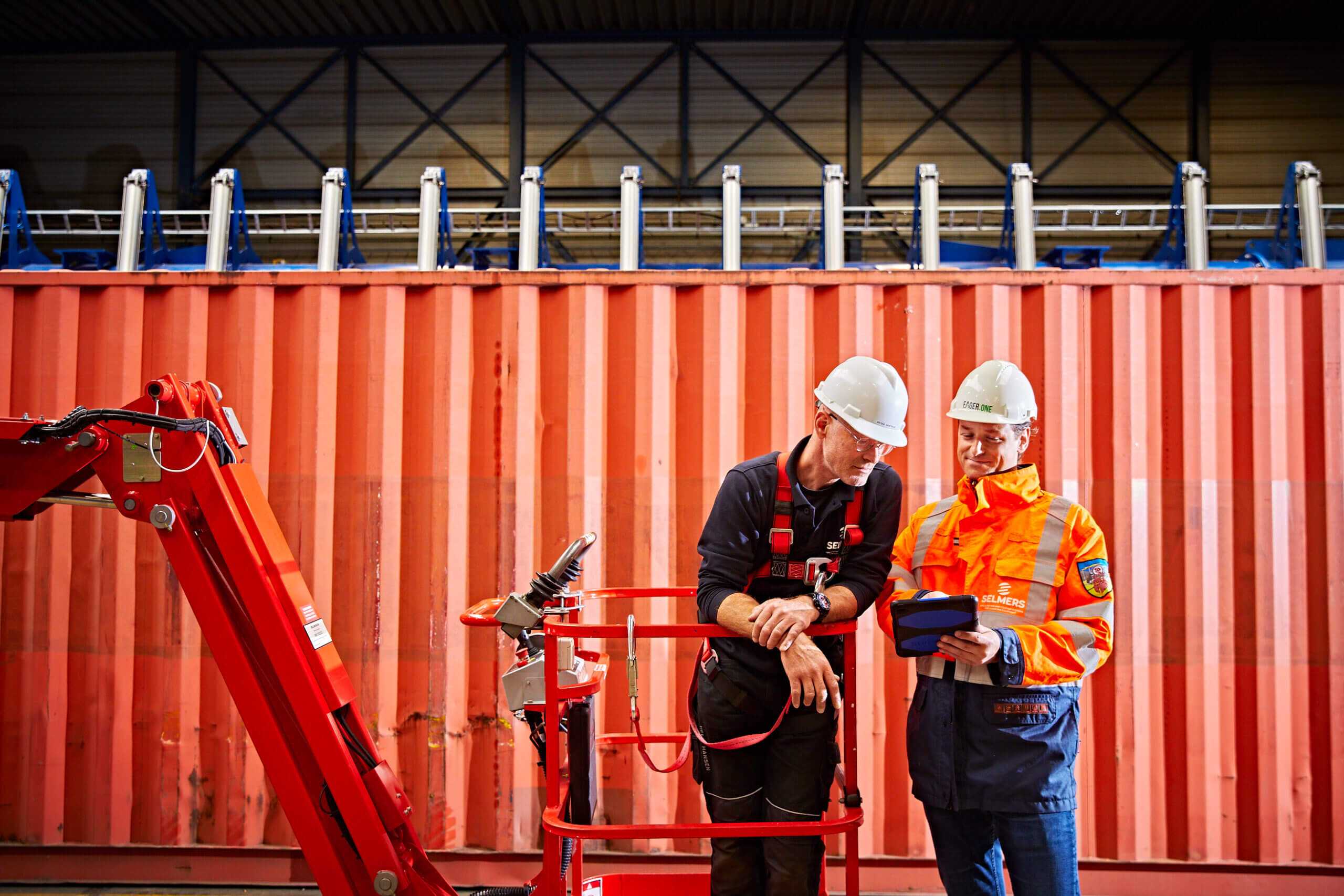This is how you motivate employees to work safely
Responding to intrinsic and extrinsic motivation

Can you recognize this scenario? You’ve made up your mind to go for a walk every day because it’s good for your health and it feels nice. However, more often than not, you don’t go, although you know that you should. If it is so difficult to motivate yourself to take a walk, how can you motivate your colleagues to work safely and responsibly?
How motivated are your colleagues?
How do you get your colleagues to exhibit safe behavior of their own accord? How do you prevent them from only wanting to tick off a few checkboxes for a certificate? How do you ensure that staff in a new workplace see the risks for themselves?
To answer those questions, you need to know what motivation actually is. Do you want to work safely? If so, you need to understand that it is not always about the degree of motivation someone has; quality also plays a role in that. But what does that mean?
Real-life example: firefighting
Imagine the following scenario: you give 2 people information about firefighting. Person 1 studies everything in detail. They know exactly which fire extinguisher to use for which specific types of fires. If they are given a test, they pass with flying colors and go back to work. Person 2 looks at firefighting in a conceptual way. They ask themselves the following questions:
- What causes a fire?
- Which types of materials catch fire quickly?
- What components are needed for a fire to happen?
- What should I do if a fire breaks out in the room where I am now?
- Which type of fire extinguisher is needed?
- What other fire extinguishers are there?
The question is: who ultimately works the safest? Person 1 or person 2? Person 2, of course! It is not that they are more or less motivated than person 1. The reason why they work the safest is that their motivation is of a different nature. Person 1 is extrinsically motivated: they must pass the test. Person 2 is intrinsically motivated: they want to know how to work safely. This is the foundation of the Self-Determination theory.
Responding to intrinsic and extrinsic motivation
Employees who are extrinsically motivated are motivated by rewards, punishments and shame. Employees who are intrinsically motivated work safely on their own. They understand why they need to work safely. They also work safely when they move into a new workplace or department, for example, or when they are doing work at home.
Intrinsically motivated employees find working safely so important that it has become part of their day-to-day life. They derive happiness from participating in safety programs, and they do all this voluntarily.
From extrinsic to intrinsic motivation
How do you get employees who are extrinsically motivated to being intrinsically motivated to work safely? You can do this by meeting 3 basic psychological needs:
- Connectedness
- Autonomy
- Competence
How do you do that in practice?
Responding to the need for connectedness
Toolbox meetings
Most companies organize toolbox meetings, but are they also informal and interactive? Employees need to engage with each other on the topic of safety. At eWorks, we have about 70 ready-to-use toolboxes that help you have the conversation together.
Giving positive feedback
Do employees regularly receive positive feedback when they work safely? If they do, it will actually motivate them to start working even more safely. This may sound very easy to do, but unfortunately it happens too infrequently in practice. You can give positive feedback to employees in many ways. We recommend putting someone in the spotlight at the beginning of toolbox meetings. That way, you will certainly not forget!


Responding to the need for autonomy
By giving people freedom of choice, you reinforce their autonomy. You can apply this principle in hundreds of ways. For example, you could present the following choices during toolbox meetings:
- What do you want the next toolbox meeting to be about?
- What is a good approach for you?
- What time suits you best for a toolbox meeting?
Note that unlimited freedom of choice is actually counterproductive. It is therefore wise to limit the number of choices. For example, you can ask: Do we want to have a toolbox meeting Wednesday morning at 10 a.m. or Friday during lunch?
Strengthening competencies
You can strengthen people’s competencies by carefully handling incident reports and following up on them actively. This can be done easily with our DareToCare app, which allows your colleagues to create incident reports on their phones.
A big advantage of our app is that it can instantly convert an incident report into a push notification to all employees. Is there a dangerous situation happening? With the help of the notification, all employees throughout the organization can be informed immediately about it. This can make the employee who made the report feel like his/her report is important. In turn, this will make the employee feel appreciated.
